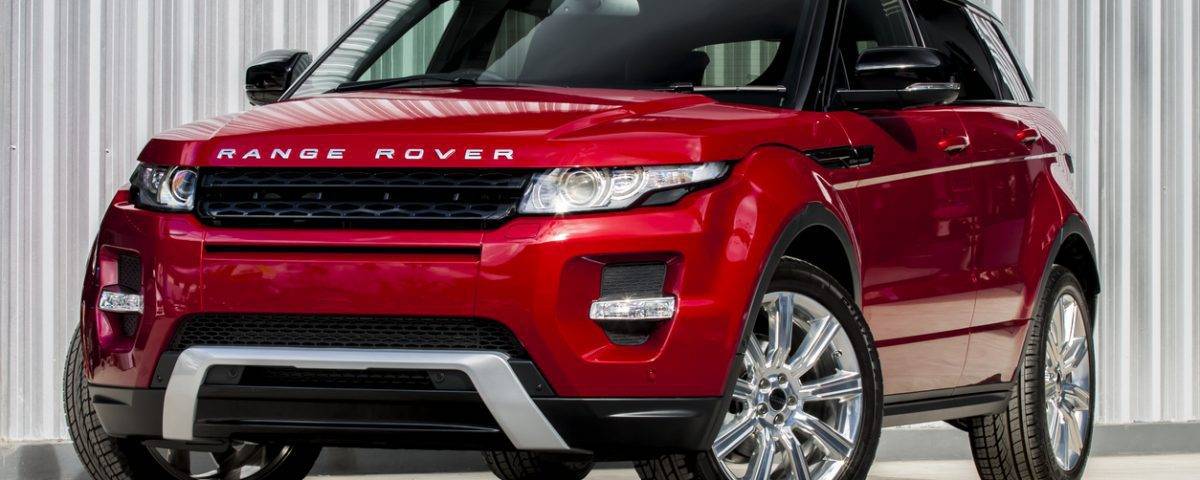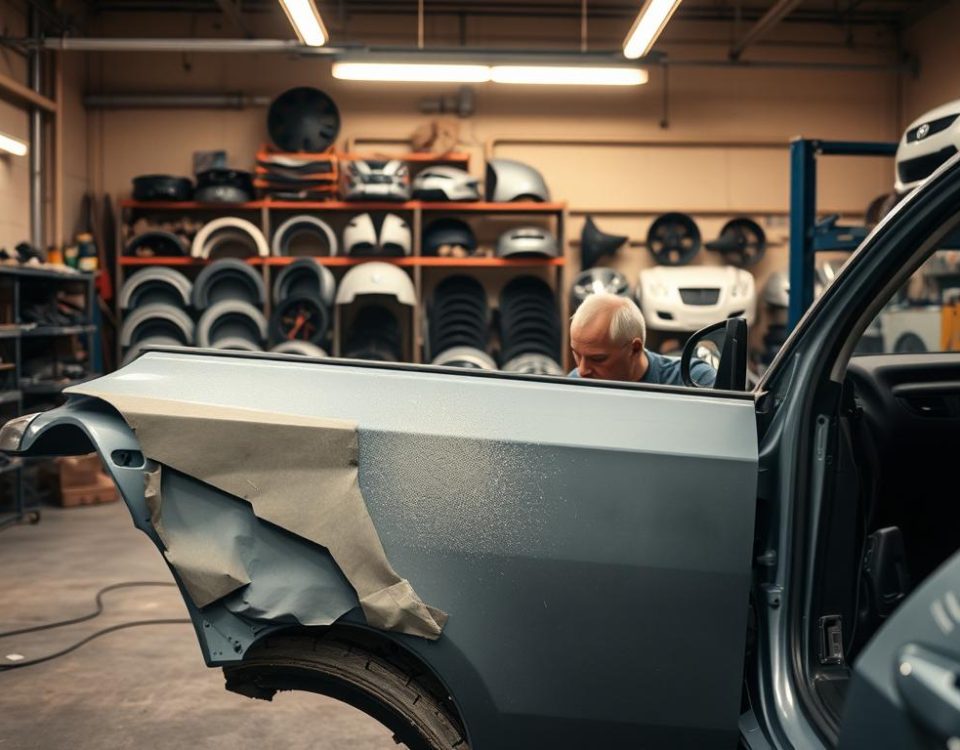- Auto Body Repair - Collision Center
- Leon Valley (210) 680-1987
- Walzem at IH 35 (210) 858-3630
- info@miraclebp.com

Front End Collisions and The damage you don’t see.

Signs There is a Problem with your Power Steering
5 Safety Features You Need in an SUV

ChiangMai,Thailand - August 2, 2012: A photo of a parked red range rover evoque 2012 on display outside of a car dealership in Thailand,Range rover evoque best sales of the Thailand.
New SUVs include adaptive lighting, Lane keeping assistance, blind spot monitoring and rear cross traffic alert. Other safety features, like adaptive cruise control or forward collision warning, are worth looking into. These safety features make driving easier for you and your passengers. This article will discuss these technologies in greater detail. Before you buy your next SUV, it may be beneficial to know more about these technologies.
Adaptive lighting
Adaptive lighting is a modern convenience in SUV’s. Adaptive headlights adapt to your driving style automatically. To adjust the beams for your driving style, you simply turn the steering wheels. This function is proven to decrease the risk of collisions and save the driver energy. Adaptive lights can detect traffic ahead, avoiding collisions and making sure you see all dangers around you.
Adaptive headlights work in conjunction with the steering wheels to prevent accidents. These headlights also make up the IIHS Top Safety Pick program. It recently added an adaptive lighting component. IIHS tests show that adaptive headlights have a lower incidence of insurance claims. Although the new technology can be helpful, automatic safety braking is still the most important modern safety feature. All new SUVs should include adaptive headlights.
Assist in lane keeping
Lane keeping assistance is a modern safety device that uses front-mounted cameras. It guides the vehicle to stay in the right lane. It might “tug” the vehicle to stay in the center of its lane. It can be combined with a blind spot warning system to help you keep your lane. If the driver fails respond to the warning signal, the active-blind-spot warning system could intervene.
Lane keeping assistance is a feature that is very similar to lane departure alert, but far more advanced. The driver can make minor steering or braking adjustments. Manufacturers call it LaneSense, while others call Active Lane Keeping Assist Toyota and Mercedes-Benz. Many drivers like lane-keeping assist, even though it is not yet recommended by NHTSA.
Advanced systems can notify the driver if the vehicle is drifting off-road. Although rumble strips may be found on many highways to help improve lane keeping, they are not common in all areas. Still, lane keeping assistance can be helpful for awakening sleepy drivers. This feature can be used to avoid accidents by telling the car when it should brake or adjust the steering. This feature will soon be available on all SUVs.
Blind spot monitoring
Blind spot monitoring, a safety feature that is now available on SUVs or crossover vehicles, can be used. This system detects vehicles that are in your blind spot, and alerts you. These systems can be bundled with rear crosstraffic alert systems. They also use the same ultrasonic sensors that alert you when vehicles approach your blind spot. Blind-spot monitoring is able to warn you of vehicles approaching your blind spot from either the side or rear, so you can reverse.
Blind-spot monitoring is a relatively recent trend. This safety feature, which was introduced in 2005 in Volvo S80, has been standard on all newer models. Some systems are more advanced than others but they’re growing in popularity, especially for full-sized SUVs. There is even a “blind spot intervener” feature that helps you avoid lane changes.
Rear cross traffic alert
Rear cross traffic alert systems use the same radar technology that blind spot monitoring. They notify the driver if another vehicle is backing behind them, especially in heavy traffic. If activated by the detection system, some vehicles will automatically apply the brakes. There are many drivers who do not want this feature.
Rear cross-traffic alarms use radar or ultrasonic wave to detect cars behind you. They can be seen on the side mirrors or displayed on the instrument cluster. They sound an alarm and vibrate your steering wheel to alert you that another vehicle is approaching. Although these features cannot prevent accidents, they can make driving safer.
Rear cross-traffic alarm is a driver assist system that helps to ease the process of backing out from a parking spot. It can be more difficult than backing into a space to reverse, and it can be especially challenging for high-sided vehicles. Rear cross-traffic alarm can help you avoid accidents. This will allow you to move into the right or back into a spot before another vehicle passes.

